Quinces are harvested when the color of their skin changes from greenish to yellowish, the moss on them has reduced and is easily removed, the seeds are colored dark brown and the fruit is picked by slightly lifting and turning it. They are harvested without stems, because the branch bears flower buds.
When picking, the moss that wraps and protects the fruit must be preserved. Peeled quinces are immediately sorted into paper-lined boxes and are sorted by size, shape and quality.
Local varieties of quinces are stored longer. The fruit of the Portuguese quince variety are large and tasty, but are not fit for consumption for a long time.
The most favorable conditions for the storage of quinces is at a temperature of 0°C and a relative air humidity of 90-92%.
The quality of quinces is maintained in ordinary northern rooms, in which a temperature of 6-8°C can easily be maintained in the first months after harvest by means of airing during the cold hours of the day and closing the windows during the day.
Under such conditions, quinces ripen slowly and remain in good condition until the end of December.
Longer preservation of quinces is unnecessary, since they are hardly used for fresh consumption. During this time, one or two months they are processed into final products such as quince compote, quince brandy, quince jelly, candied quinces, quince wine and other canned goods.
Learn more about what quince leaves or quince seeds are good for.
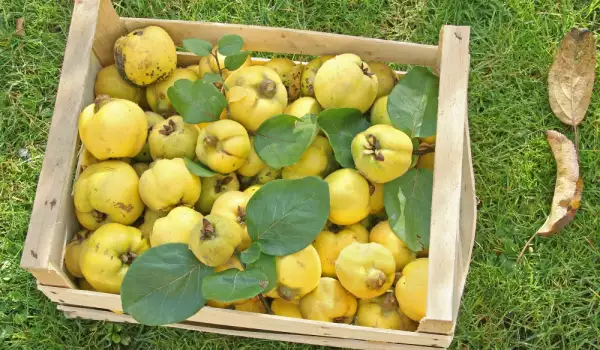
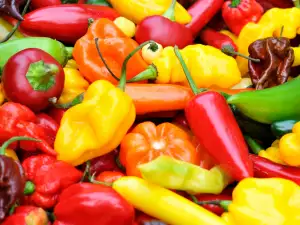

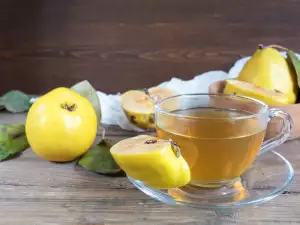
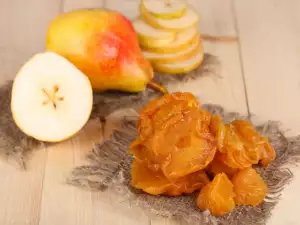





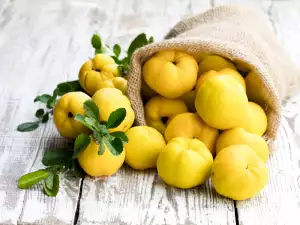
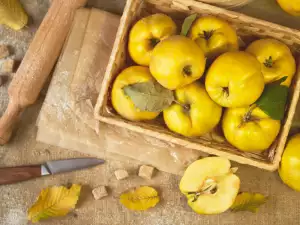

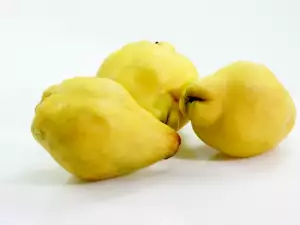

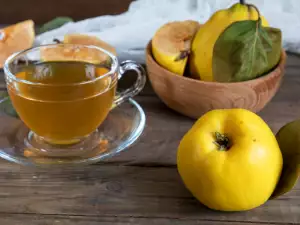



Comments